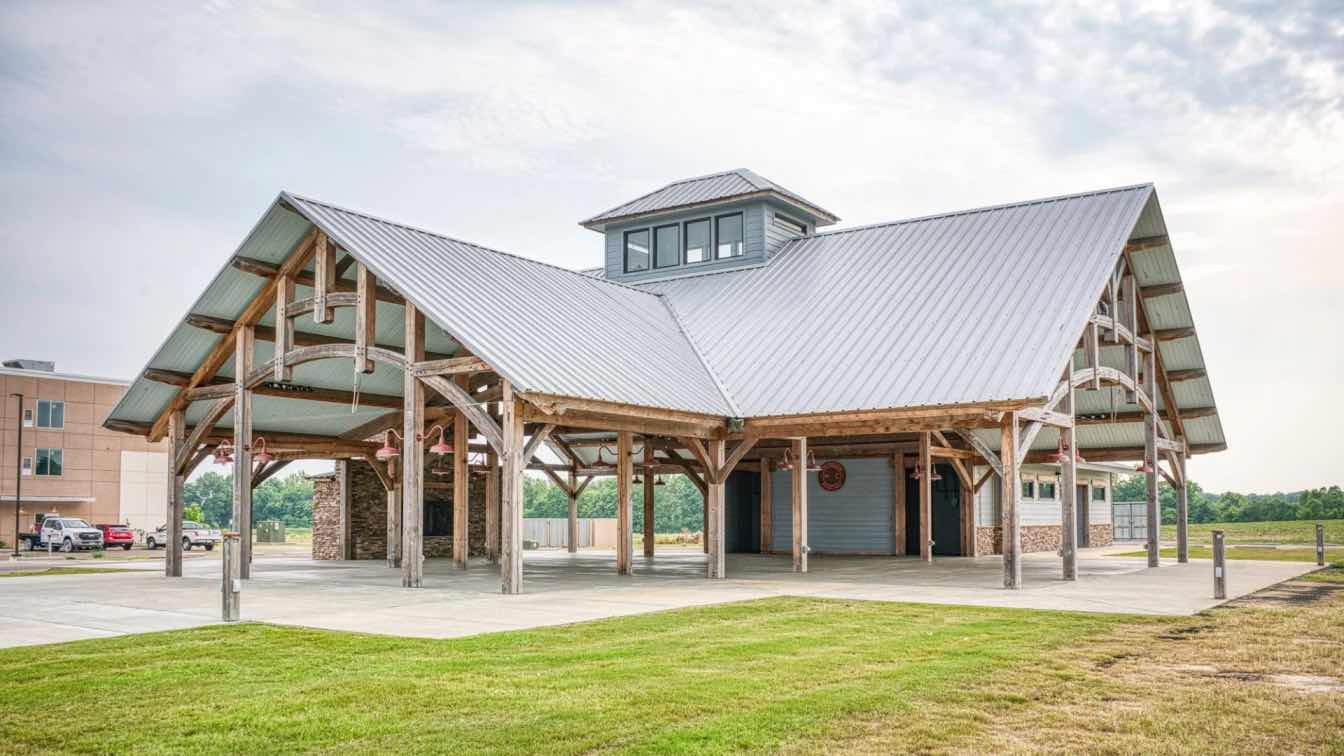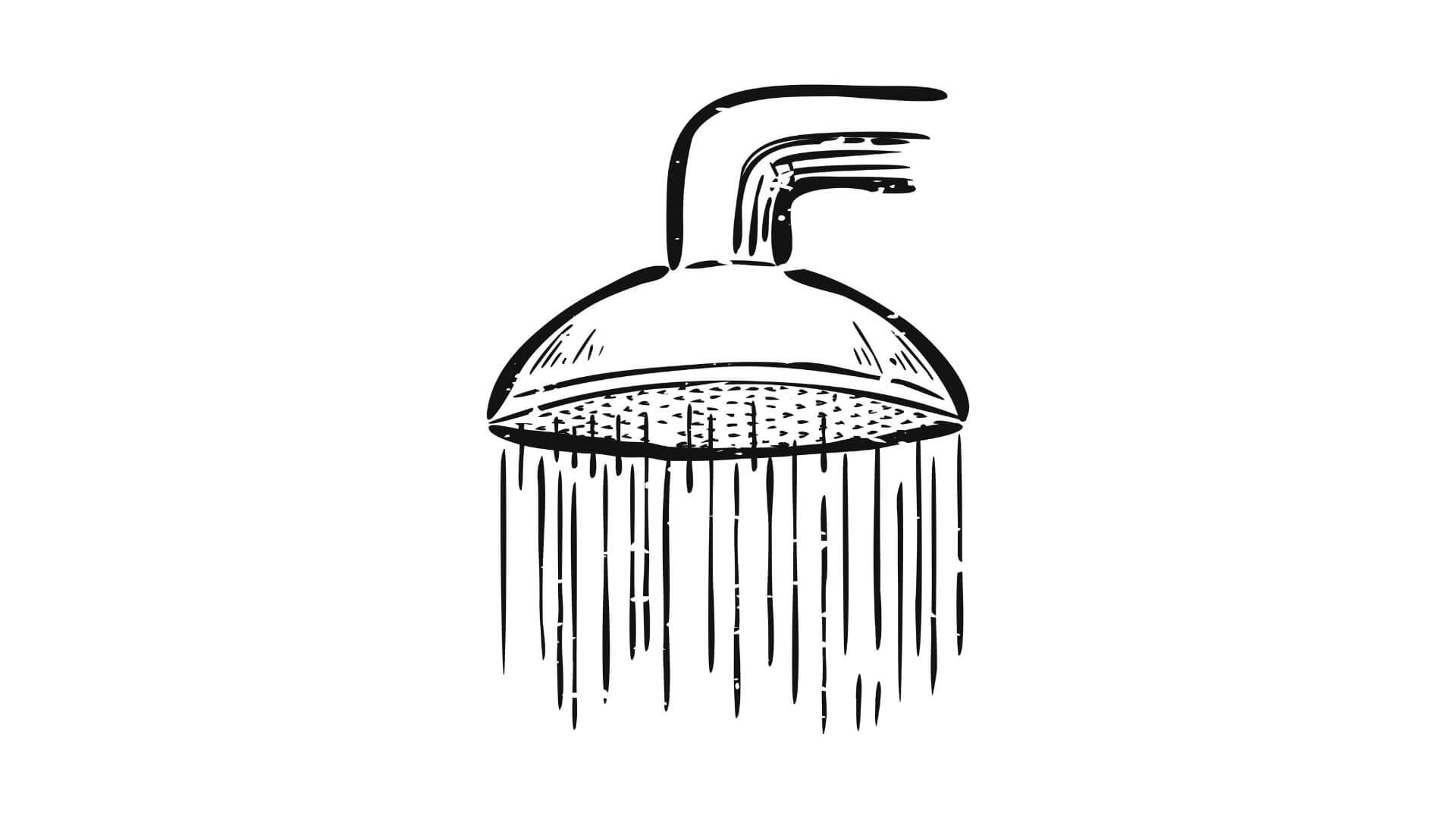When it comes to construction, the choice of framing materials can significantly impact the aesthetics, functionality, and durability of a structure. Two popular options often discussed in the architecture and building world are timber frames and wood frames. Though they may sound similar, these construction methods differ in terms of materials, design, and application. Understanding these differences can help homeowners and builders make informed decisions.
Applications and Design Considerations
Both timber and wood frames have their place in modern architecture, depending on the project's goals:
Timber Frames
Timber frames are ideal for custom homes, barns, and outdoor structures like pavilions due to their durability, aesthetic appeal, and ability to create open, expansive spaces. In custom homes, timber framing allows for high ceilings, exposed wooden beams, and unique architectural designs that add character and warmth. Barns built with timber frames benefit from the structural strength of large wooden beams, which can span wide areas without the need for excessive internal supports, making them perfect for agricultural or multi-purpose use.
For outdoor structures, such as pavilions, timber framing offers a timeless look that blends beautifully with natural surroundings.
For those seeking a streamlined approach, pre-designed pavilion kits provide an excellent solution. These kits come with all the necessary materials and plans for easy assembly while maintaining the craftsmanship and aesthetic appeal of traditional timber framing. Whether used for garden retreats, outdoor dining spaces, or event venues, timber frame pavilions combine practicality with elegance.
Wood Frames
Wood frames are better suited for projects that prioritize cost-efficiency, speed of construction, and functional design.
In residential homes, wood framing is the go-to choice for creating standardized layouts. It supports modern construction techniques and easily accommodates electrical wiring, plumbing, and insulation within its framework. Additionally, wood-framed homes can be customized with various exterior finishes, such as brick, vinyl siding, or stucco, making them versatile for different architectural styles.
In commercial buildings, wood frames provide an affordable solution for structures that need to be built quickly, such as offices, retail spaces, or small apartment complexes. Because dimensional lumber is readily available, contractors can minimize construction delays and keep budgets under control. While wood framing may lack the visual impact of timber framing, its ability to efficiently meet modern building codes and design requirements makes it the preferred option for time-sensitive or large-scale projects.
What Is a Timber Frame?
Timber framing is a traditional building method that uses large, heavy wooden beams to create a building's structural framework. This technique dates back centuries and is known for its durability and striking aesthetics. Timber frames are often associated with high-end designs and are known for their longevity and strength.
Key characteristics of timber framing include:
Exposed Beams: Timber frames often showcase the wooden framework as part of the interior design, giving a warm, rustic charm to the structure.
Mortise-and-Tenon Joinery: Instead of relying on nails or screws, timber frames use precise joinery techniques, like mortise-and-tenon joints, which are secured with wooden pegs.
Large Beams: The beams used in timber framing are significantly larger than those in standard wood frames, which contributes to the structure’s robust appearance and long lifespan.
What Is a Wood Frame?
Wood framing, also known as stick framing, is a more modern and widely used construction method. This technique involves using smaller pieces of wood, like dimensional lumber, to create a structural skeleton for walls, floors, and roofs. Wood frames are popular in residential construction due to their cost-effectiveness and ease of assembly.
Key characteristics of wood framing include:
Dimensional Lumber: Wood frames rely on standardized lumber sizes, such as 2x4s or 2x6s, which are readily available and easy to work with.
Nails and Screws: Unlike timber framing, wood frames are held together using nails, screws, and metal fasteners.
Drywall Interiors: The wooden skeleton is typically hidden beneath drywall or other finishing materials, so the frame itself is not visible in the final design.
Comparing Timber Frames and Wood Frames
1. Aesthetics
Timber frames offer exposed beams and a natural, rustic look, making them ideal for open-concept spaces or designs that prioritize visual impact.
Wood frames are typically hidden behind walls, offering a clean and modern appearance.
2. Durability
Timber frames are incredibly durable and can last for centuries when properly maintained. The large beams resist warping and structural weakening over time.
Wood frames are also durable but may require more maintenance to prevent issues like rot, termites, or sagging.
3. Cost
Timber framing is generally more expensive due to the size of the beams and the labor-intensive joinery process.
Wood framing is more affordable and quicker to construct, making it a popular choice for budget-conscious projects.
4. Sustainability
Timber frames often use fewer beams and rely on natural materials, making them a sustainable option when sourced from responsible forestry.
Wood frames can also be eco-friendly but may require more lumber overall due to the smaller dimensions of the materials.
Choosing the Right Frame for Your Project
The decision between a timber frame and a wood frame ultimately comes down to personal preference, budget, and the specific requirements of your project. Timber frames provide timeless beauty and unmatched durability, while wood frames offer flexibility and cost-efficiency.
By understanding the differences between timber and wood frames, you can choose the construction method that best suits your architectural vision and practical needs. Whether building a cozy home or an eye-catching outdoor structure, both options offer unique advantages that can enhance your project’s success.





